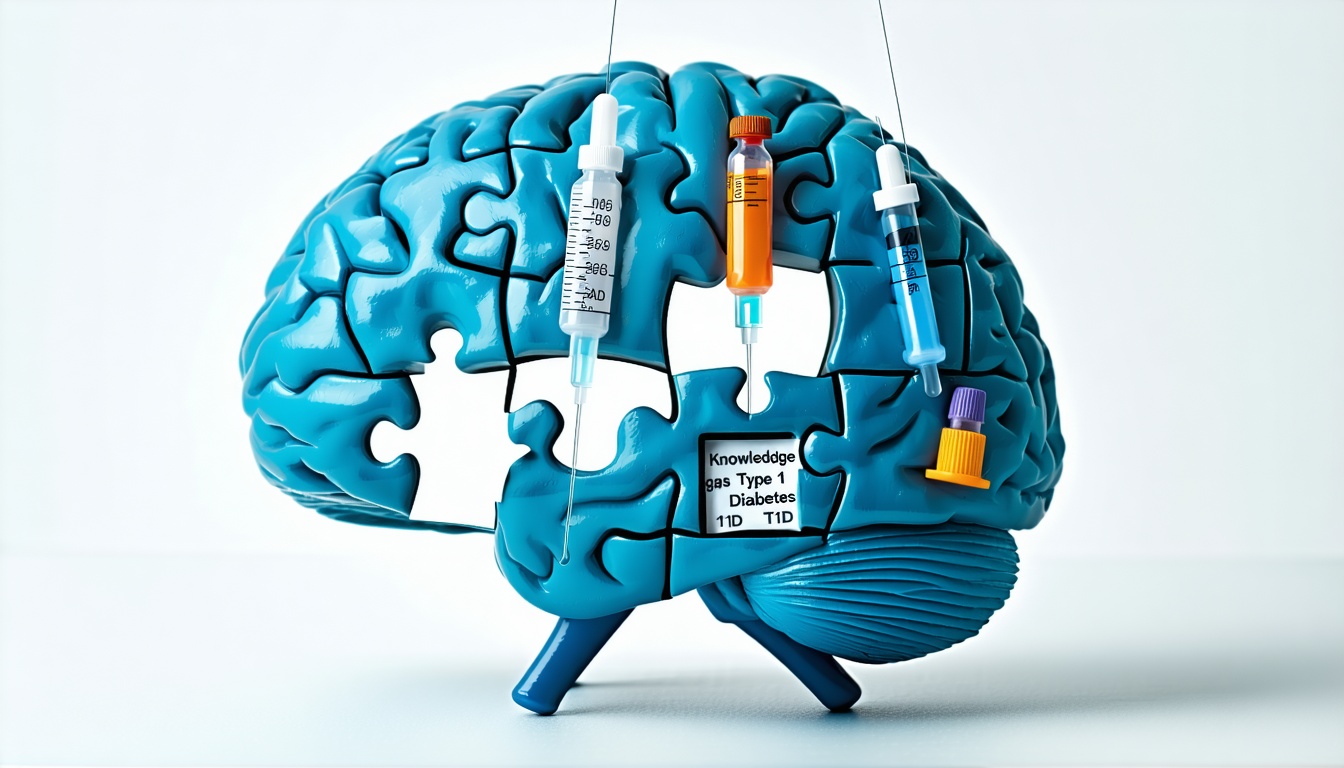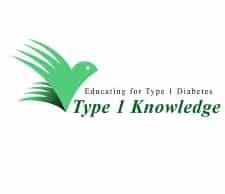Understanding the Knowledge Gaps in T1D for Better Care
The knowledge gaps in T1D (type 1 diabetes) remain a critical focus in current medical discussions. According to the Endocrine Society, roughly 9 million people worldwide had type 1 diabetes in 2024, yet scientists are still pinpointing what triggers this autoimmune condition. Researchers are especially concerned with the early stages of T1D, including a newly proposed Stage 0 that highlights even earlier disease processes before measurable symptoms arise (Endocrine Society).
Understanding Key Knowledge Gaps in T1D
Causes and Early Detection
- Although T1D is well-defined as an autoimmune disease, the exact causes and contributing factors remain unclear. Genetic predispositions, environmental triggers, and immune responses all seem to play a role, but precisely how they intersect is still under investigation. Experts see potential in studying the pancreas at early intervals, including these very first disease signals, to better understand why β cell function deteriorates so quickly in some individuals.
- Scientists have also highlighted the significance of an expanded stage model for T1D, which includes Stage 0. This addition is intended to capture events that occur before conventional diagnostic markers appear (Endocrine Society). By refining these stages, future approaches could more effectively track disease progression and personalize interventions.
Adult-Onset T1D Complexity
- Type 1 diabetes was once labeled a childhood disorder, but up to one-third of cases develop in adulthood (Medscape). This reality raises questions about how many adults might go undiagnosed or misdiagnosed, especially if they do not fit the textbook profile of a young T1D patient. Researchers suggest that a more nuanced understanding of adult-onset T1D could unveil new screening guidelines, ensuring that individuals receive timely and accurate diagnoses.
Exploring Proposed Research Areas
Screening and Biomarkers
- Intensifying screening efforts is a top priority, yet timing remains uncertain. When do autoantibodies typically form in adults who are at risk? Does that timeline differ from pediatric cases? Pinpointing the right window for testing, particularly for relatives of those with T1D, could significantly improve early detection. Some in the medical community believe that identifying and tracking immunologic biomarkers might lead to preventive therapies, although the precise protocols are still being refined.
Personalized Treatment Approaches
- Beyond screening, the Endocrine Society’s statement prioritizes a deeper look at personalized treatments for T1D, including tailored insulin regimens and immune-modulating therapies. Current research suggests T1D is more diverse than previously assumed, with multiple patterns of progression and severity. By acknowledging this heterogeneity, scientists and healthcare providers can design more effective care plans. Ongoing studies, such as the RADIANT project, aim to classify patients who do not fit neatly into classic T1D or T2D categories (Medscape).
Summarizing the Path Forward
These knowledge gaps in T1D underscore why comprehensive research is so essential. Understanding the earliest disease stages, acknowledging adult-onset complexity, and refining screening methods could all accelerate the path to better treatments. As the Endocrine Society points out, improving clinical approaches is not just a matter of training physicians, but also of fueling rigorous scientific studies on β cell function, immunologic markers, and potential disease-modifying therapies.
By delving deeper into the roots of T1D, the medical community can develop strategies to delay or even prevent the onset of disease. Whether in children, adults, or older adults, a more precise picture of T1D’s origins has the potential to transform care options and overall patient well-being.








Leave a Reply